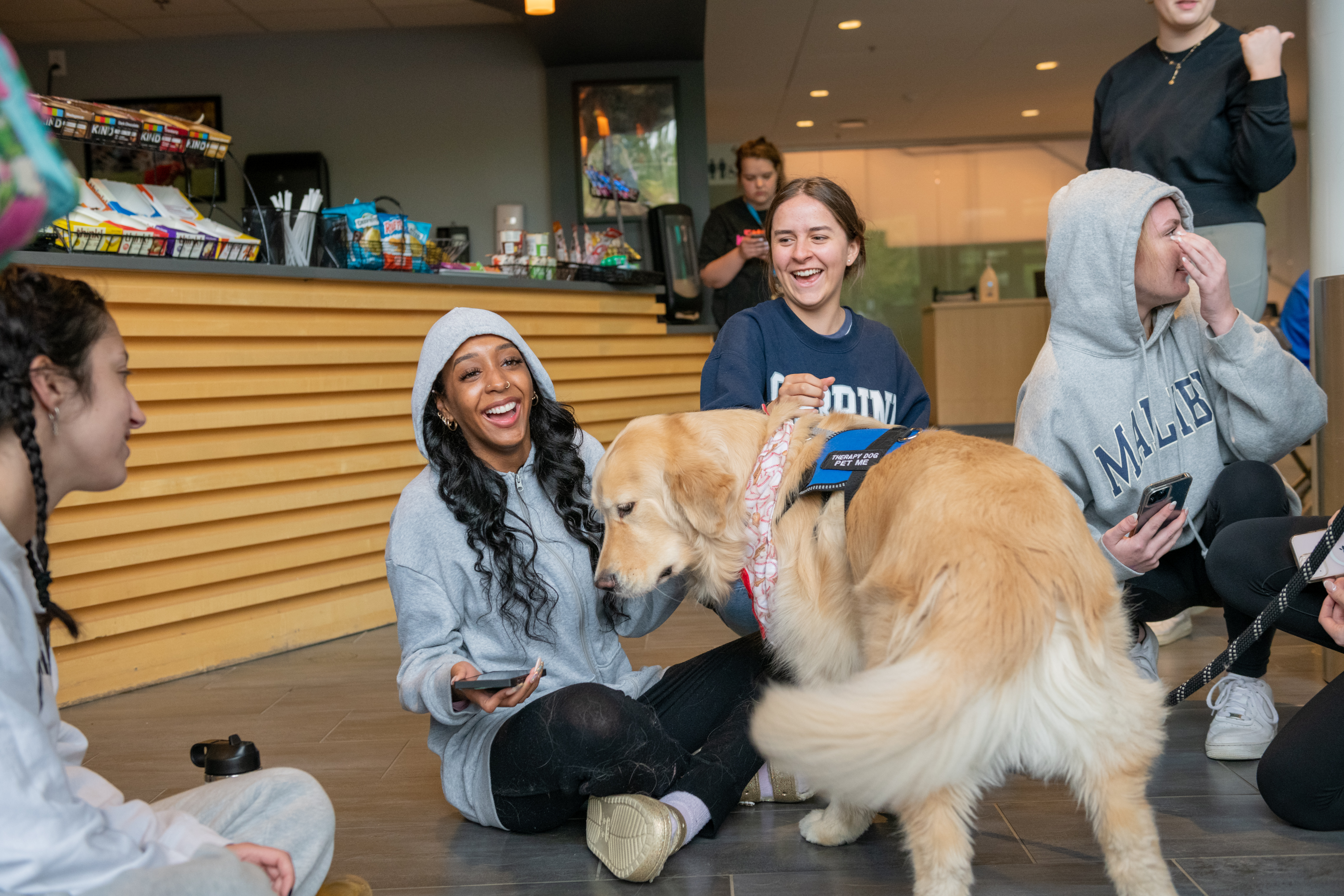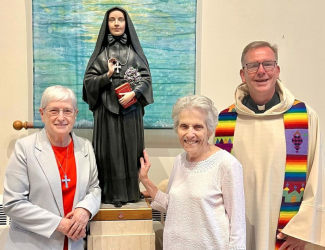There’s a lot that’s bad about Cabrini closing, but believe it or not, there’s one important benefit: the school’s shutdown gives the opportunity to say goodbye to accumulated student loan debt.
College is not cheap, and with tuition steadily rising year after year families struggle to pay out of pocket for school. Federal student loans are an important resource to those who need extra support in paying for their college education. Student loan debt, however, is less helpful as it sticks with people for years after they receive their degree.
USA Today reported that in the first quarter of 2023, total student loan debt in the U.S. was over $1.77 trillion. This number has nearly tripled in the last 15 years and only continues to grow. In Pennsylvania, the average student loan debt is just over $35,000 per student, whether or not they graduate. Getting rid of this burden almost sounds too good to be true.
Closed school discharge process

The Federal Student Aid website has a page dedicated to the “closed school discharge process”, with information on eligibility requirements.
The page says that if your school closes while you’re enrolled or soon after you withdraw, you may be eligible to remove your obligation to repay loans under certain circumstances. This applies to Direct Program loans, Federal Family Education Loan (FFEL) program loans, or Federal Perkins Loans but not any private loans.
There are three major criteria that make you eligible for the loan discharge. If you were enrolled when the school closed, were on an approved leave of absence, or the school closed within 180 days after you withdraw, you can apply for a full discharge.
Unfortunately, if you graduate from the institution before closing, withdraw more than 180 days before closure, or plan to complete a teach-out agreement at another school, you do not qualify for the discharge.
If you meet the requirements for loan discharge, you will either receive an application automatically from your loan holder or need to contact your servicer about beginning the application.
After the application is reviewed and approved, you will either be discharged from part or the full amount of your loan. If you already made payments towards your loan, you may also receive a refund for those payments.
Don’t run to the bank now
While this opportunity on paper may sound enticing for students who don’t plan on finishing their Cabrini degree, the green light is not yet flashing to apply.
Currently there are new regulations and eligibility requirements that are held up in federal court that could drastically impact the status of one’s loan discharge. During this freeze, the policy does not differentiate whether a student goes to a teach-out or non-teach-out institution. If students transfer credits and continue their education elsewhere, there is a high likelihood that they would not be approved for discharge.
Dr. Kimberly Boyd, dean of Retention and Student Services, spoke on how the Center for Student Success is following the status of the law to make sure they are not misinforming students about this in advisory meetings.
“There is a potential evolution of the law that might actually separate between teach-out and non-teach-out institutions, but that is not an enforceable law right now,” said Boyd. “We are going to wait until a decision is made at a federal level so that if we do discuss things like this with students, we’re discussing what current laws are.”
Boyd was able to confirm that if and when students do become eligible for the loan discharge, the federal government will send a notification about their potential eligibility. This most likely will not come into the picture until after Cabrini officially closes it’s doors and a student has chosen to continue it’s education at a new institution.
“We’re trying to make sure that everything that a student has earned is valid, transferable, and counts,” Boyd said. “If any of our students to our knowledge become eligible for something like a loan discharge, we would absolutely work with them and all of the other schools that we’re partnering with would have offices that would do the same.”
Relieving more than debt
When students hear the words “loans” and “debt,” their heart rates begin to spike. Whether they know it or not, it’s always on their mind and a factor that may have decided where to go to school.
“When I hear that phrase, it’s something that comes off as a bit scary,” said Bear Evans, sophomore finance major. “I’ve heard of people who took decades to pay off their debt. It’s something I want to avoid if I’m able to.”

Many students share this perspective of trying to avoid going into debt. Dominic Petruzzelli, sophomore math major, spent a lot of time wondering if it would be worth taking out loans.
“I don’t have any student loans taken out but I have thought about taking them out,” said Petruzzelli. “The primary reason why I don’t take them out is because the rates that you have to pay them back and interest rates are absolutely nuts.”
The current fixed interest rate for undergraduate direct subsidized and unsubsidized loans is 5.50 percent according to the Federal Student Aid website. Petruzzelli knows his intended career path may make it harder to pay off these loans.
“It’s something you have to worry about as a college student, especially becoming a teacher,” said Petruzzelli. “I know teachers don’t always make the most money in certain fields. It’s something that I’m going to have to balance later in life and I don’t think I would be able to.”
Students who can take advantage of the school discharge opportunity can relieve themselves of the stress and weight of carrying student debt with them through their early post-college career.
For more information on the federal closed school discharge process, check out the Federal Student Aid website or communicate with your loan servicer.






